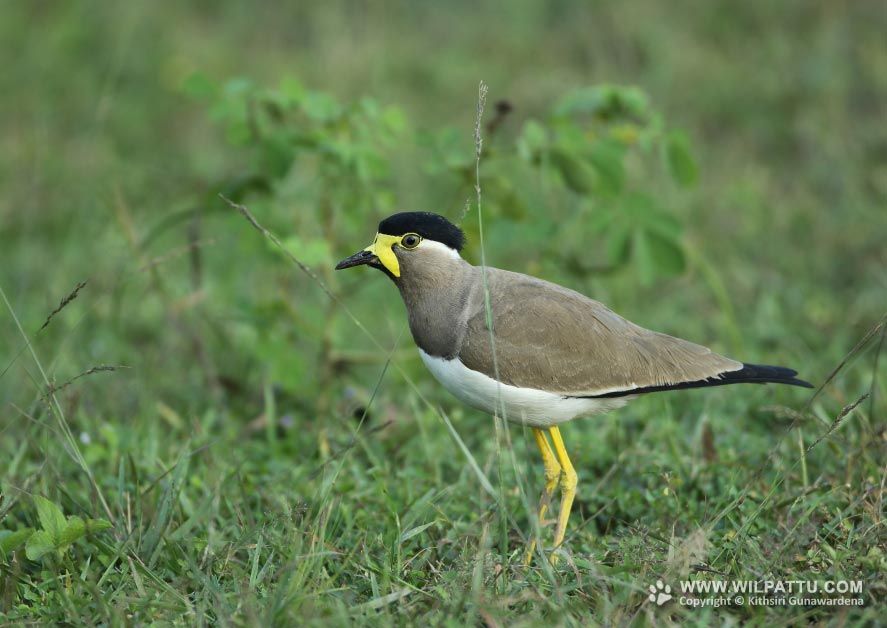
Birds ‹‹ Go Back
This is a resident species, which is endemic to the Indian subcontinent. Other than in Sri Lanka it is found in India, Pakistan, Bangladesh and Nepal.
The conservation status of the species under reference is regarded as Least Concerned (National Red List 2012).
This is a species strictly protected in terms of schedule IV of the Fauna and Flora Protection Ordinance as amended by Act No. 22 of 2009.
This is a common species in the open dry lowlands of the country. I have recorded this species from Anawilundawa in the west coast up to Jaffna and then down to Kalametiya in the South. It is not found in the wet zone. Even in the dry zone it is not as common as the Red-wattled Lapwing. However at least one pair will occupy most dry zone tank shores. I have seen them at many open scrubland areas in the dry zone including Wasgomuwa, Kaudulla, Minneriya, Somawathiya, Udawalawa, Lunugamvehera, Yala and Bundala National Parks. I have observed their numbers to increase in localities such as Arippu, Mannar, Vidaththalthivu and Pooneryn during the migrant season. They do not build any nests and up to three eggs are laid out in the open in a small depression. All the nests that I have observed have been in the month of May.
This is not a commonly seen species at Wilpattu. I have observed them at Maradanmaduwa, Maha Wewa, Kali Villu, Pukkulama, Kollan Kanatta, Perya Villu, Maila Villu and a few locations along the Eluwankulama-Marichakaddi road.




